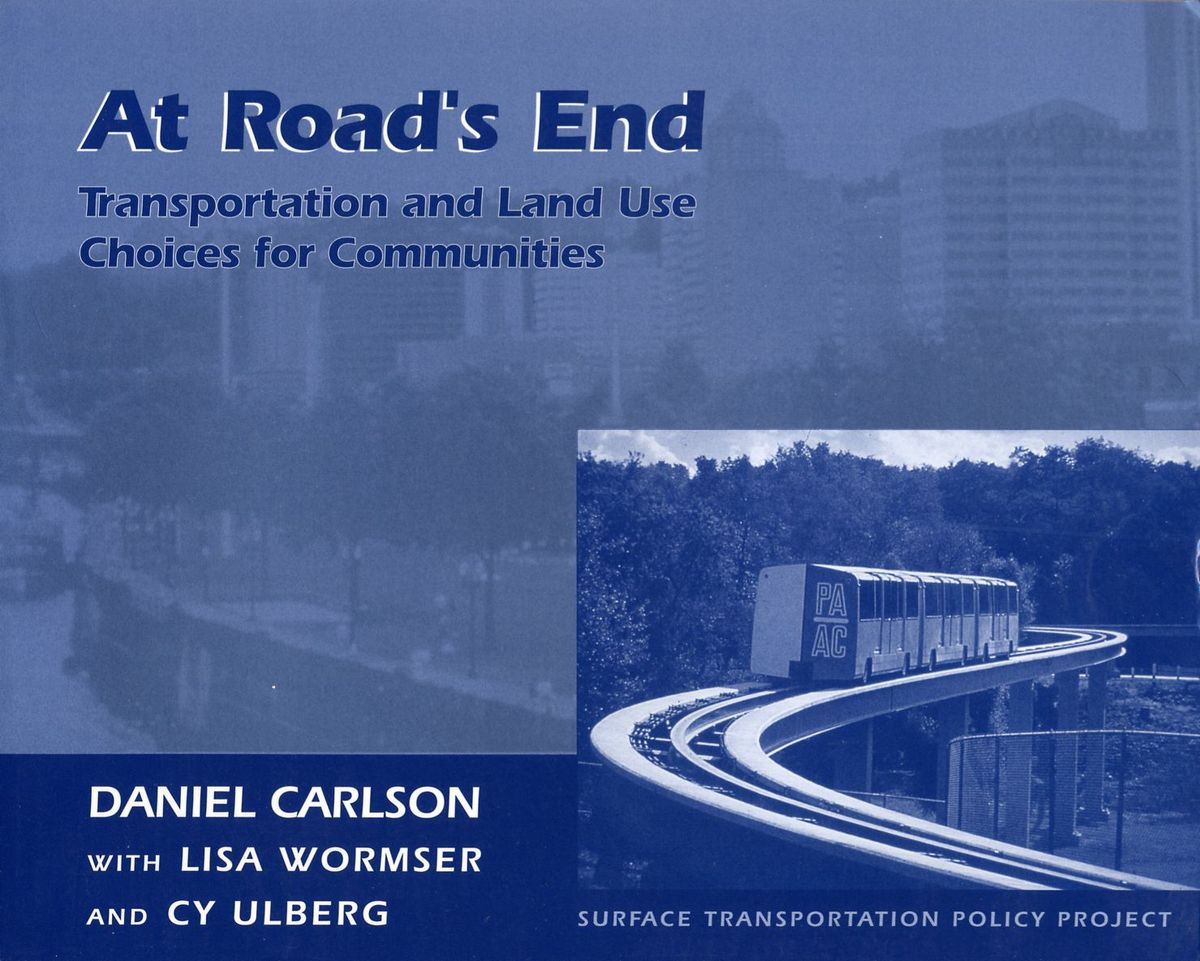

After applying several restrictions, our baseline sample includes more than 20,000 road segments that cover all 42 cities in Mainland China that had an existing or planned subway system by the end of 2017. Road segments in the sample are those inside 2.5 kilometer buffer zones of selected 5 kilometer segments of existing, new and planned subway lines. We obtain hourly speed data between Augand Janufor a sample of road segments near subway lines.

We use a novel source of traffic speed data from Baidu Maps-China’s leading provider of digital map services- which collects and processes real-time traffic information at the road segment level from user-generated data. We focus on the 45 new subway lines (including seven extensions of existing lines) launched between August 2016 and December 2017 across 25 cities. This paper takes advantage of the recent massive construction of subways across Chinese cities. Second, standard datasets in socioeconomic studies lack good measures of road speed. First, new subway line openings were infrequent. In China alone, total subway length increased from less than 400 kilometers in four cities in 2001 to about 5,000 kilometers in 30 cities by 2017 (Cui et al., 2018) ( F igure 1).ĭue to data l imitations, empirical evidence on the congestion-reducing effect of subways i s scarce. By 2014, 171 cities worldwide had a subway system in operation (Gendron-Carrier et al., 2018).

Urban rail transit systems (henceforth subways) are considered an effective way to reduce congestion because they have large capacity and do not require much surface land. The problem is particularly acute in large cities in the developing world that have recently experienced rapid increases in population and car ownership. Traffic congestion is a major challenge facing many cities around the world. Guided by a conceptual framework of transportation mode choices, we shed light on the welfare impact of subways, using Beijing as an example. We explore heterogeneous effects with respect to road characteristics. In our recent work (Gu et al., 2019), we combine a difference-in-differences approach with a novel road speed dataset from Baidu Maps to provide evidence on the effect of subways on road congestion.


 0 kommentar(er)
0 kommentar(er)
